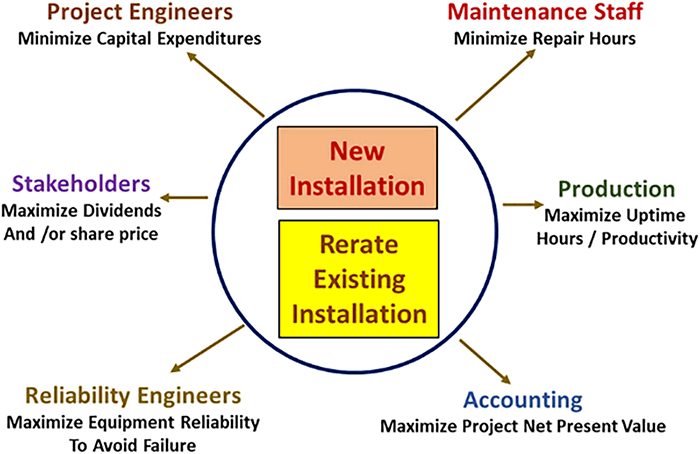A list of teams to involve in plant improvement
06/05/2018
In my April 2018, I detailed the importance of a highly detailed General Scope Document (GSD). Now let’s dive into how the GSD must be developed in the case of improvements or expansion. Are there plans for future expansion? This is important information that must be taken into consideration during the design phase. Also, how will expansion be handled (pipe sizing, pumps, etc.)? Planned improvements and expansions require input from all parties that have a vested interest in the system. The reality is that it is a team effort. Each discipline brings valuable input to the project.
 Image 1. Who and what will be involved with projects (Image courtesy of the author)
Image 1. Who and what will be involved with projects (Image courtesy of the author) Image 2. Team Profiles: Take a closer look at which teams should be involved in planning improvements and expansions, and what makes each of these groups tick.
Image 2. Team Profiles: Take a closer look at which teams should be involved in planning improvements and expansions, and what makes each of these groups tick.
To read more Avoiding System Issues articles, go here.

